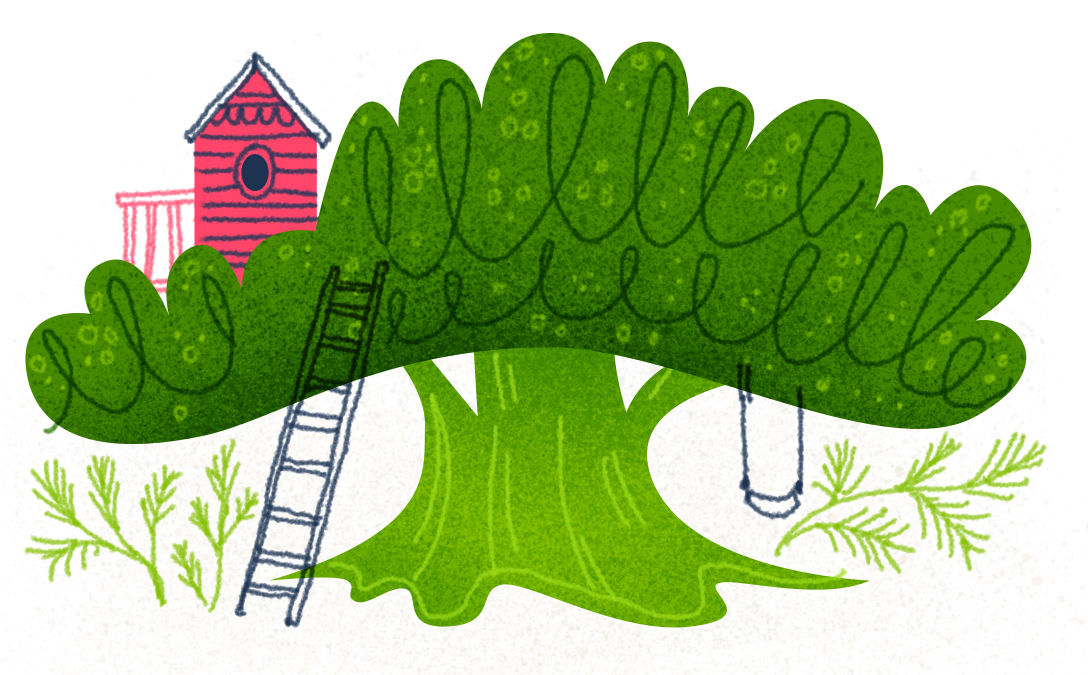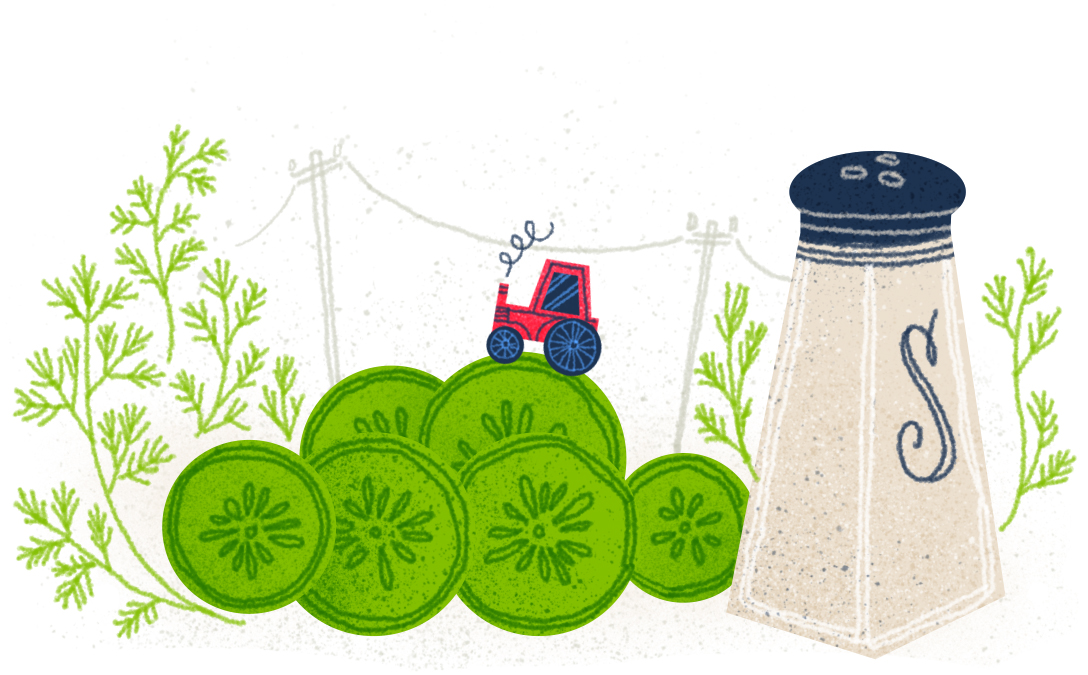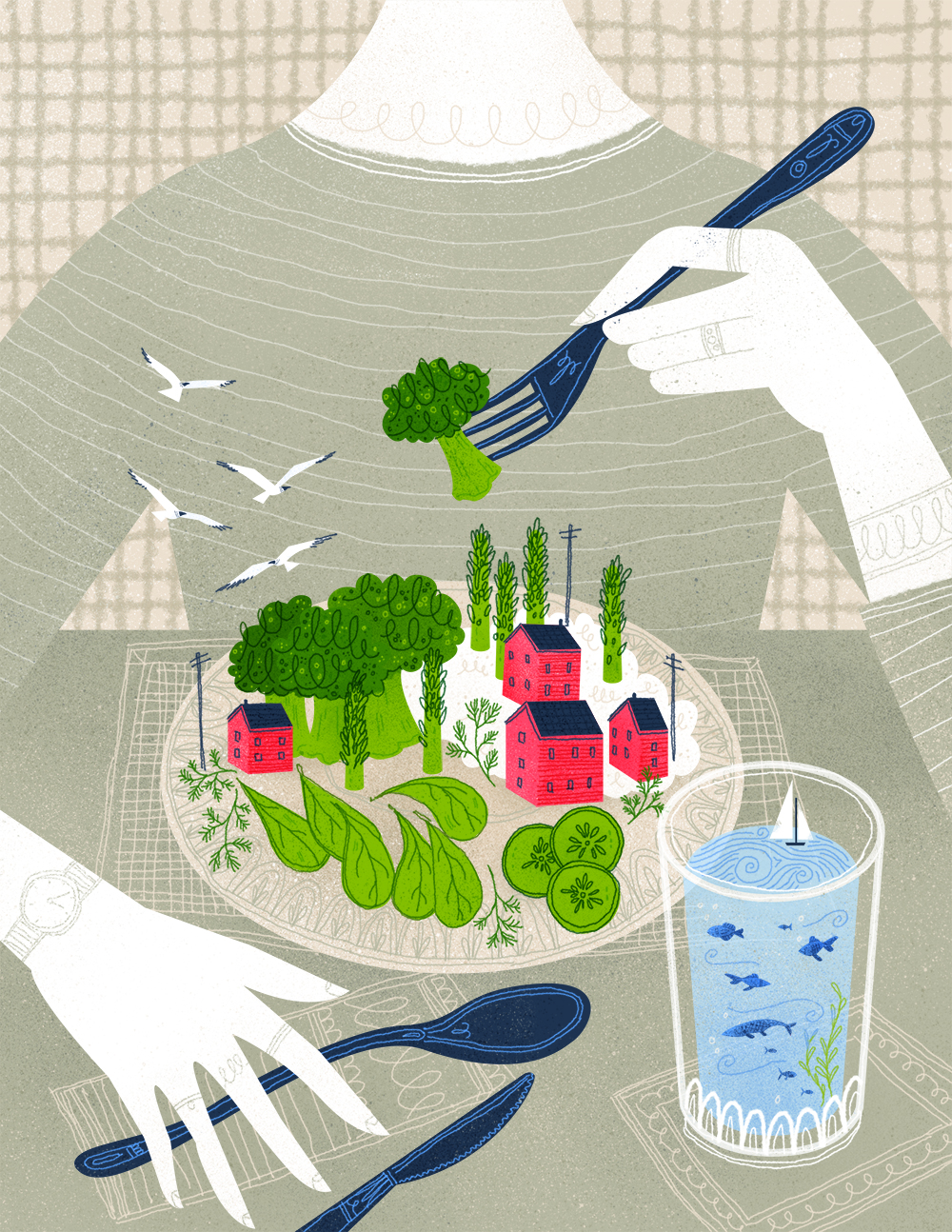Eating organically isn’t just a luxury; it’s feasible for everyone.
Organic foods have become more prevalent nationwide, yet nonorganic products still dominate most U.S. store shelves. Every business from big-box stores to local-food cooperatives now is meeting consumer demand for sustainably produced, chemical-free foods. However, a 2015 study by Consumer Reports shows that organic items are, on average, 47 percent more expensive than conventionally produced alternatives.
Are organic foods relegated to the realm of the elite, or can the average consumer feasibly incorporate organic goods into a daily diet? It’s a complex issue.
Defining organic
According to the United States Department of Agriculture’s website, its National Organic Standards Board provides this definition: “‘Organic’ is a labeling term that denotes products produced under the authority of the Organic Foods Production Act … Organic food handlers, processors, and retailers adhere to standards that maintain the integrity of organic agricultural products … The primary goal of organic agriculture is to optimize the health and productivity of interdependent communities of soil life, plants, animals and people.”

Industrial, or conventional agriculture, using synthetic pesticides and fertilizers, flourished in the wake of World War II. These products lightened the load for farmers battling insect infestations of their crops and artificially replenished soil nutrients.
Less understood in the early 20th century were the long-term, detrimental environmental and health effects these chemicals, such as DDT, would have.
Fortunately, forward-thinking advocates of chemical-free farming laid the groundwork then for the less-harmful growing goals pursued by organic farmers today.
Why organic is important
J.I. Rodale was a proponent of natural farming methods in the early 1900s. His experiments showed improvements to both his health and the land he farmed. He founded the nonprofit Rodale Institute in Emmaus, Pa., in 1947 to educate farmers and consumers about organic food production, help farmers transition to organic methods, and conduct research on organic farming.
“I care a lot about not having toxic chemicals show up in our food supply,” says Diana Martin, director of communications for the Rodale Institute. “We can use agriculture to heal the planet and sequester carbon, and, if you care about animals, raising them organically causes them less stress, which benefits our food.”

Copious studies have linked chemicals used in food production and antibiotics provided to livestock and poultry with water, soil, and air pollution; potentially lethal antibiotic resistance in humans; genetic mutations; cancer; and more.
According to a 2013 report by the University of New Hampshire, Americans are spending “nearly 20 percent of their income on health care costs, while on average spending 10 percent of their income on food.”
Billions of dollars are spent on the adverse environmental and health effects caused by synthetically produced foods. Can spending a bit more on organics today lessen long-term costs?
True price of food
The purchasing decisions of grocery shoppers, who face myriad options, often are dictated by price tags.
“I have to do a cost-benefit analysis every time I go grocery shopping,” says Reno business owner Jennifer Cole. “I feel like most people seeking organics are conscientious of the economy of scale, but when you’re looking at something like an organic turkey that costs $50 versus a conventional one that costs $15, it’s hard not to think of how better to spend that $35.”
In fact, the 2015 survey by Consumer Reports revealing that organic foods were, on average, more expensive than nonorganic foods also found that differences ranged wildly, and in some cases organic options cost the same, or even less, than their nonorganic counterparts.
Consumers vote with their dollars in stores. Yet subsidies sourced from tax dollars often are provided to large-scale, chemical-dependent food producers, enabling them to yield more, more quickly, so they can offer their products at lower prices to shoppers.
Martin says we need to reframe the issue and determine what the real, long-term costs are in producing the foods we consume. She’s seen proof that organic farmers generate more income. She also points to studies that show conventional farmers get cancer at higher rates due to occupational exposure to pesticides.
“People producing our food shouldn’t have to suffer,” she says. “There are things we don’t consider when demanding the cheapest food possible.”
People purchasing conventionally produced foods shouldn’t have to suffer either.
A 2016 report by global nonprofit Sustainable Food Trust entitled The True Cost of American Food delved into the exponential financial repercussions of conventional agriculture.
“There is an escalating crisis in food and farming systems. Industrial food production is damaging the environment, degrading natural resources and contributing to soaring levels of diet-related ill health,” the report states. “Arguably, the biggest barrier to making food and farming more sustainable is the distorted economic system, which takes account of the direct costs of production, such as land, feed, seeds, labor, and farming equipment, but fails to include the many externalized costs, including pollution, biodiversity, social, cultural, and welfare impacts.
“This system results in a situation where food produced intensively appears to be cheaper to consumers and more profitable to producers than food produced in a more sustainable way,” the report continues. “However, the external costs of this system are ultimately paid for by consumers, either individually or as part of society, even though they rarely realize this.”

Within the report are staggering figures demonstrating the infrequently considered costs of food production in the U.S.
Nine percent of greenhouse gas emissions came from agriculture in 2014. An estimated $157 billion went to remedy leakage of agricultural nitrogen into water systems in 2000. Avoiding water contamination in the first place may save consumers as much as 10 percent of their incomes, which currently is spent on replacement options (e.g. bottled water).
Thomas Edison said, “The doctor of the future will no longer treat the human frame with drugs, but rather will cure and prevent disease with nutrition.”
Potential and proven health impacts of ingesting processed foods high in fat, sodium, sugar, and chemicals are obesity, diabetes, and heart disease. Human antibiotic resistance can, in part, be attributed to widespread antibiotic distribution to the livestock and poultry we eventually ingest. Endocrine Disrupting Chemicals (EDCs) in herbicides also cause a multitude of conditions.
The total annual investment to combat medical issues stemming from chemically produced foods is more than $500 billion. Aggregated and realistically, it’s probably closer to $1 trillion.
Why are organic foods costlier?
Many people consider organics too pricy or inaccessible — luxury items only available to people in higher income brackets and outside of food deserts.
Currently, an inadequate supply chain drives organic costs up. But demand is there. Rob Holley, owner of organic Holley Family Farms in Dayton, says the cost is scaled and proportionate given considerations made by farmers and ranchers locally.
A streamlined process is required for products to be labeled USDA-certified organic. This certification assures consumers no corners were cut, that boasting organic in their labeling isn’t just marketing. One misstep in the lengthy process of food production and handling negates certification.
Extensive record-keeping, documentation, and tests are needed to prove soils haven’t been chemically treated for at least three years. Organic shipping trucks also must be certified, as must the packaging houses producers use. Feed for livestock must be organic. Butchers of organic meats need to be certified, too.
Costs for all these steps are absorbed by the consumer.
“In the past, organic produce and products were very expensive because the market was small, and no systems were in place to make it available and at a large scale,” says Jana Vanderhaar, board chair of Basin & Range Organics, Nevada’s organic certification agency. “We are changing the market, though, because the demand for clean food without chemicals has grown.”
What can we do?
As consumers, we can educate ourselves and take action.
Cortney Bloomer, food security manager at the Healthy Communities Coalition of Lyon and Storey Counties, improves access to healthy foods for people in rural Nevada communities. Organics, considered an extravagance for many lower-income households, are included.
“It’s been made to feel like boutique food, but it’s not fancy, it’s just food grown without chemicals,” Bloomer says.
Cost-effective solutions include growing your own organics and cooking your own foods. When grocery shopping, don’t be a produce perfectionist; blemished items can be cheaper. If a basketful of organics isn’t budget friendly, find helpful tips on prioritizing your purchases at Organic.org.
Seek out farmers’ markets, or get community-supported agriculture, or CSA baskets, and split the bounty and cost with others. Buying in bulk is a great way to make organics affordable for any household.
“I think that the way we prioritize our food purchases has a huge impact and determines the world that we and our future generations live in,” says Nicole Sallaberry, manager of Great Basin Community Food Co-op’s DROPP program in Reno. “I think the benefits of eating organic foods greatly outweigh the costs — for our society as a whole and for the individual as far as health care and environmental costs are concerned.”
Even small steps can help make eating organically more accessible to everyone.
Natasha Bourlin is a freelance-writing organics advocate.


